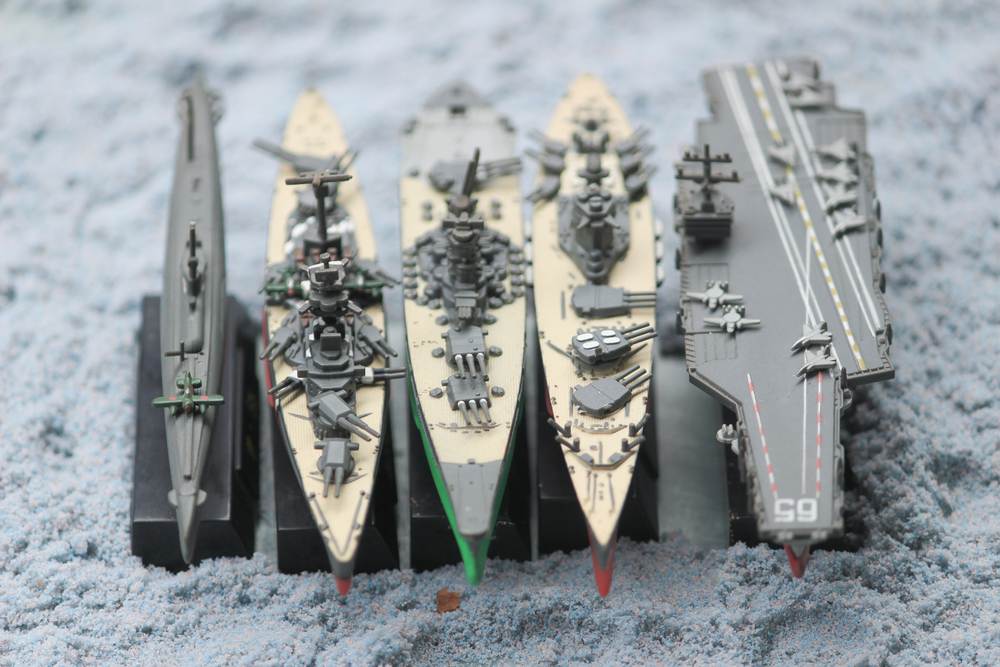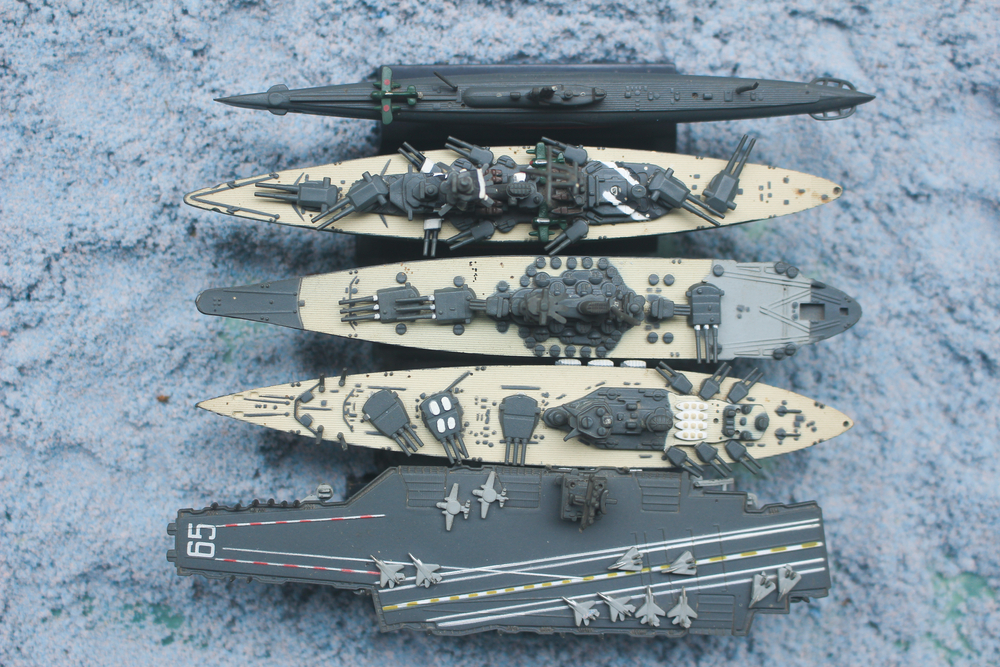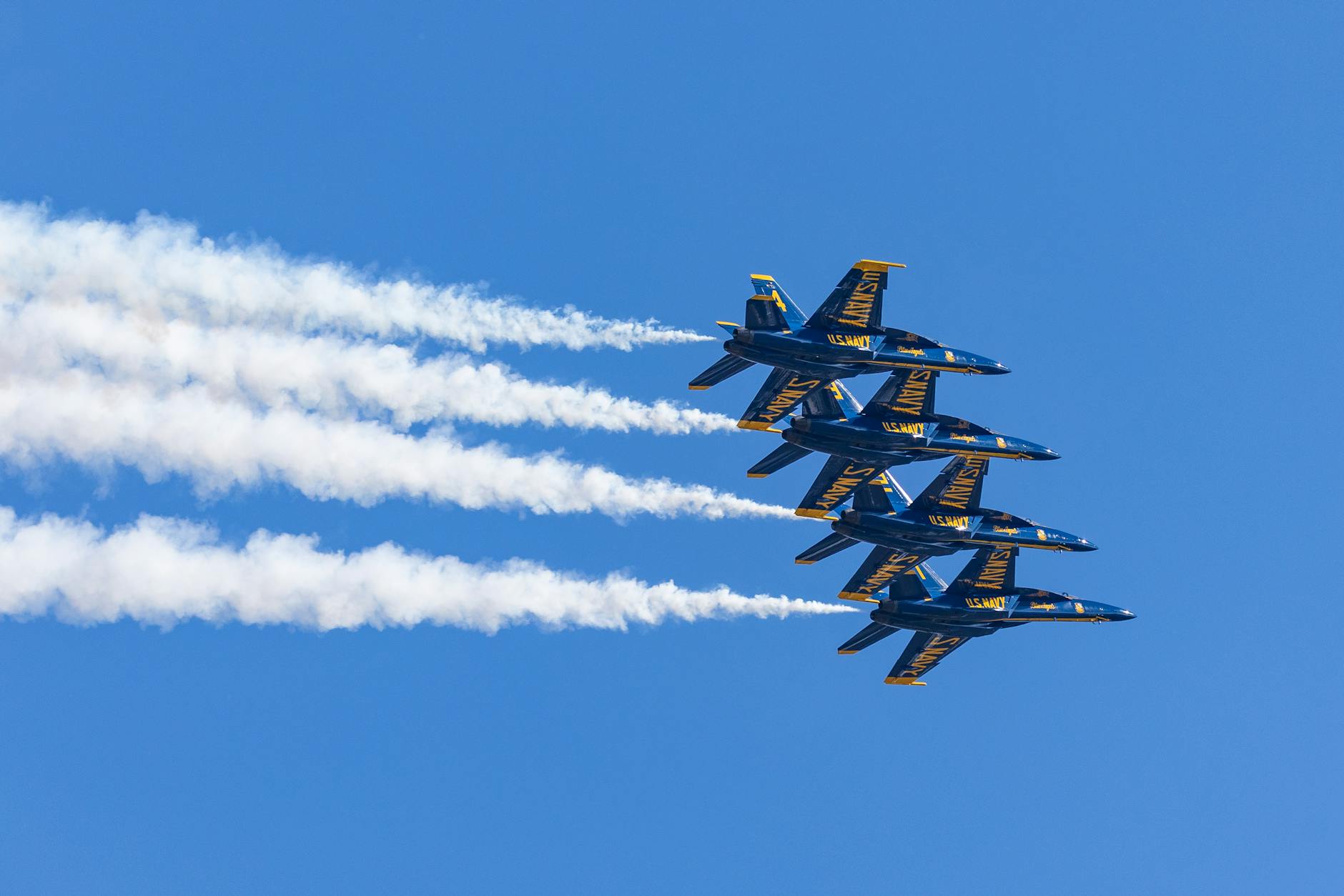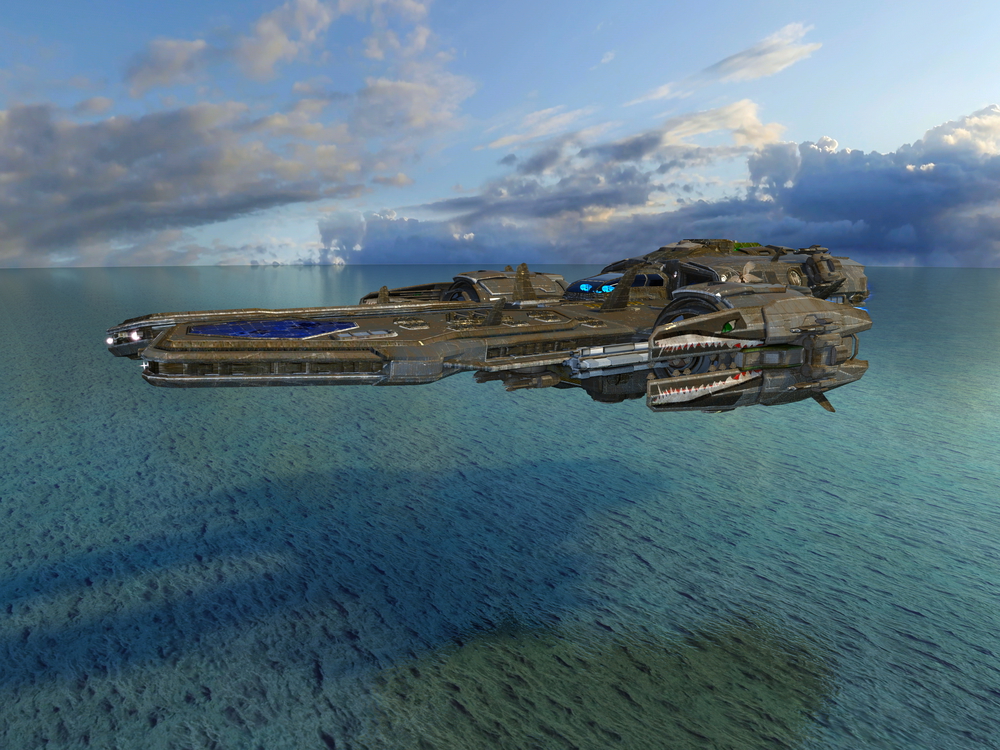
On the morning of April 7, 1945, the Japanese battleship Yamato, the pride of the Imperial Japanese Navy and a behemoth of naval engineering, set sail on what was effectively a suicide mission. Operation Ten-ichi-go, known as “Heaven Number One,” was the Imperial Japanese Navy’s desperate response to the U.S. invasion of Okinawa. Before the Yamato’s crew were fully briefed on their mission, Allied cryptographers had already deciphered Japan’s plan, determining the fate of the vessel and its escorts.

The Yamato, at 65,000 tons displacement (72,000 tons fully loaded), was the largest battleship ever constructed. Boasting nine 18.1-inch guns capable of hurling a 3,200-pound shell over 22 miles, she was a symbol of Japan’s naval power. Commissioned just after the attack on Pearl Harbor in December 1941, the Yamato was a statement of intent from a navy that knew it could never outbuild the U.S. fleet but believed it could outmatch it in quality. The Yamato’s massive hull, stretching 863 feet and displacing 70,000 tons when fully loaded, contained a range of weapons that, while powerful, proved ineffective against the changing nature of naval combat.

The Yamato, weighing 65,000 tons (72,000 tons when fully loaded), stood as the largest battleship ever built. With nine 18.1-inch guns capable of firing a 3,200-pound shell over 22 miles, it symbolized Japan’s naval supremacy. Launched just after the Pearl Harbor attack in December 1941, the Yamato represented the Japanese navy’s determination to excel in quality, acknowledging its inability to match the U.S. fleet in sheer numbers. Despite its impressive size – 863 feet long and displacing 70,000 tons fully loaded – the Yamato’s arsenal, though formidable, ultimately fell short in adapting to the evolving nature of naval warfare.

As the U.S. forces began their assault on Okinawa, the Yamato was prepared for her final voyage under the command of Vice Admiral Seiichi Ito. On March 29, Yamato was equipped with 1,170 shells for its main guns, 1,629 shells for its six 6.1-inch guns, 13,500 anti-aircraft shells, and 11.5 million rounds of machine-gun ammunition. Despite these substantial quantities, they were deemed insufficient for the upcoming challenges.

As the U.S. forces initiated their attack on Okinawa, the Yamato was readied for her last journey led by Vice Admiral Seiichi Ito. By March 29, Yamato had 1,170 shells for its primary guns, 1,629 shells for its six 6.1-inch guns, 13,500 anti-aircraft shells, and 11.5 million rounds of machine-gun ammunition. Despite these significant amounts, they were considered inadequate for the imminent trials.

The task force, consisting of the Yamato, light cruiser Yahagi, and eight destroyers, was instructed to attack U.S. forces and then beach themselves to fight to the last man. The mission, known as a “Surface Special Attack Force,” was an implicit recognition of its suicidal nature. Initially, when the orders were fully disclosed on April 5, the ship captains gathered on Yahagi displayed defiance, debating the pointlessness of launching an attack in daylight without air support.

The task force, composed of the Yamato, light cruiser Yahagi, and eight destroyers, was ordered to engage U.S. forces and subsequently beach themselves to fight until the end. The operation, referred to as a “Surface Special Attack Force,” acknowledged the suicidal aspect of the mission. Initially, upon the complete disclosure of the orders on April 5, the captains of the ships assembled on Yahagi showed defiance, discussing the futility of launching a daylight attack without air support.

The Yamato and its fleet faced a massive aerial assault from almost 400 American planes. Its 1945 arsenal of over 150 anti-aircraft guns retaliated, yet failed to halt the barrage of bombs and torpedoes. Despite its grand appearance adorned with symbols of honor like the “Kikusui” crest, the battleship was not impervious. Most torpedoes hit below its waterline at the bow and stern, exploiting its weakest armor points.

The Yamato and its fleet encountered a substantial aerial attack from nearly 400 American planes. Its 1945 array of more than 150 anti-aircraft guns fought back, but could not stop the wave of bombs and torpedoes. Despite its majestic look decorated with symbols of valor such as the “Kikusui” crest, the battleship was not invulnerable. The majority of torpedoes struck beneath its waterline at the bow and stern, targeting its most vulnerable armor areas.

Within two hours, Yamato took 12 bomb and seven torpedo hits. Despite her 1,150 watertight compartments, the flooding was uncontrollable, and the order was given to abandon ship. By the afternoon of April 7, 1945, the battleship was capsized, and a series of massive explosions ensued, ultimately cleaving the ship in two and sealing her tragic demise. The impact of the loss was immense: 2,747 men of her crew perished, with only 269 survivors.

In just two hours, Yamato sustained 12 bomb and seven torpedo hits. Even with her 1,150 watertight compartments, the flooding could not be contained, leading to the decision to evacuate the ship. On the afternoon of April 7, 1945, the battleship overturned, triggering a sequence of powerful explosions that ultimately split the ship in half, marking her tragic end. The loss was devastating, with 2,747 crew members losing their lives and only 269 surviving.

The battleship, once the pinnacle of naval power, was surpassed by the might of naval aviation. Its demise signified the conclusion of an era dominated by battleships and served as a stark reminder of the unstoppable progress of military technology. The formidable Yamato, boasting a massive hull, enormous guns, and thick armor, proved no match for the tactical and technological superiority of the Allied air forces.

The battleship, once the peak of naval power, was overtaken by the strength of naval aviation. Its downfall marked the end of an era ruled by battleships and highlighted the relentless advancement of military technology. The mighty Yamato, with its huge hull, massive guns, and thick armor, was no match for the strategic and technological supremacy of the Allied air forces.

The battleship, once the peak of naval power, was overtaken by naval aviation’s strength. Its downfall marked the end of a battleship-dominated era and highlighted the relentless advancement of military technology. The mighty Yamato, with its huge hull, massive guns, and thick armor, was no match for the tactical and technological edge of the Allied air forces.

The battleship, once the apex of naval might, was eclipsed by the power of naval aviation. Its downfall marked the end of a battleship-dominated era and underscored the relentless advancement of military technology. The mighty Yamato, with its massive hull, huge guns, and thick armor, was no match for the tactical and technological edge of the Allied air forces.

